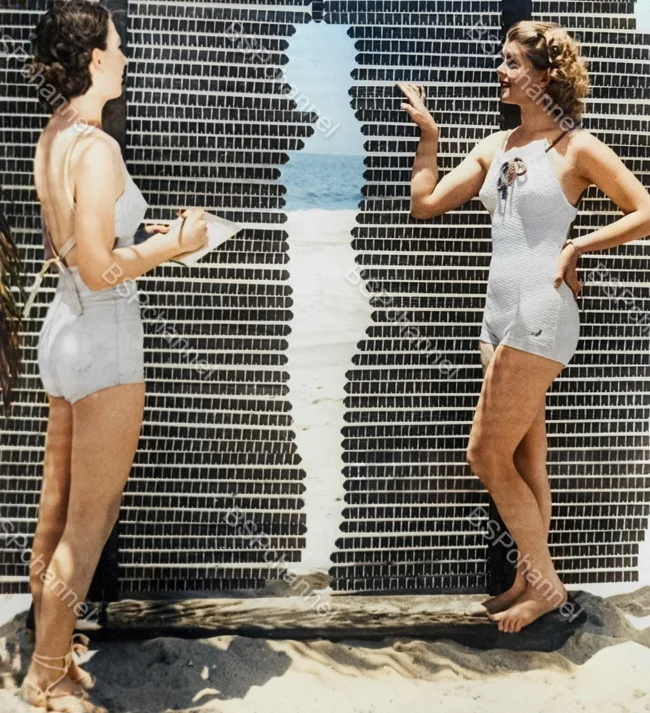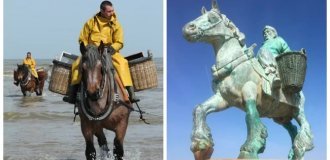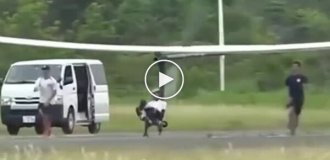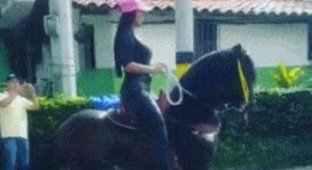A selection of interesting and unusual photos from the USA (21 photos)
Let's walk together along the streets of America, look into its houses, factories, schools and parks - and see what everyday life of Americans looked like in different decades of the 20th century. 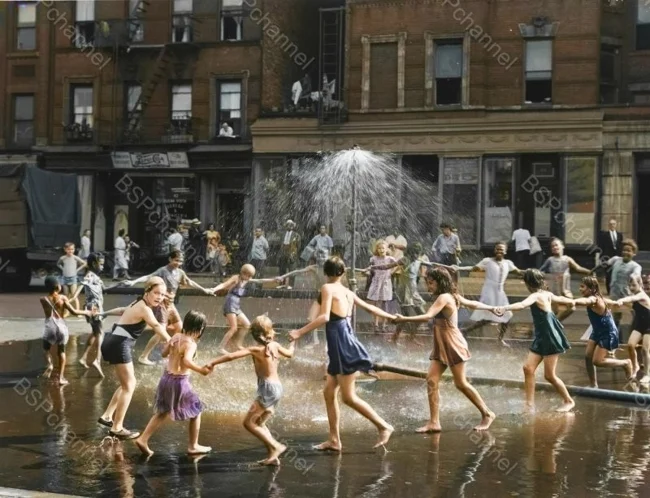
Assistant DJ at a radio station. USA, 1955. 
The era of radio in the United States began in the 1920s, when the first commercial radio broadcasts appeared, and since then it has quickly become a key means of mass communication. However, by the 1950s, radio's popularity began to wane. It was replaced by television, which offered not only sound, but also images, facial expressions, spectacular productions, and live performances.
Grand Central Station in New York City, 1939. 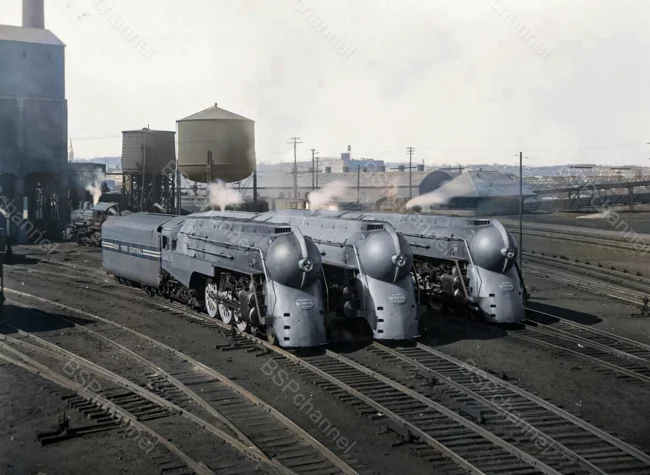
The 20th Century Limited, often referred to as the "Century Train", is considered one of the most legendary passenger trains in U.S. history. It was the flagship train of the New York Central Railroad. The majestic appearance of the train, elegant interiors and impeccable service emphasized its prestige. The New York Times called it "the greatest train in the world." Fun fact: it was this train that gave rise to the expression "red carpet" - during official openings and ceremonies, a bright crimson carpet was specially laid out for important guests to walk on as they entered the train. This gesture became a metaphor for a special reception, and then migrated into the language of social life and the film industry.
Dam break. USA, 1922. 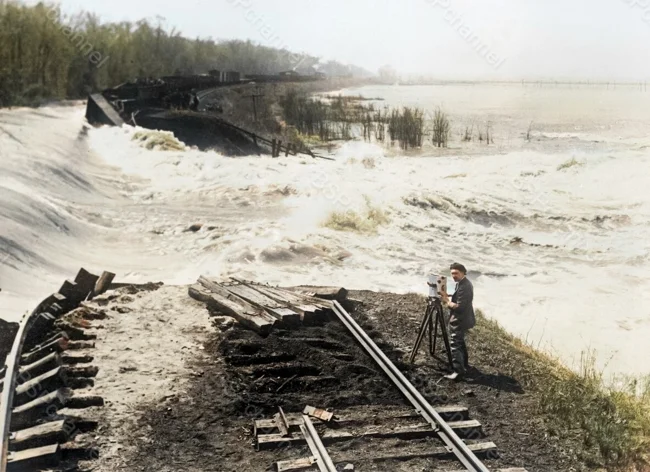
A group of newspaper carriers at 2 a.m. near the Brooklyn Bridge in New York, 1908. 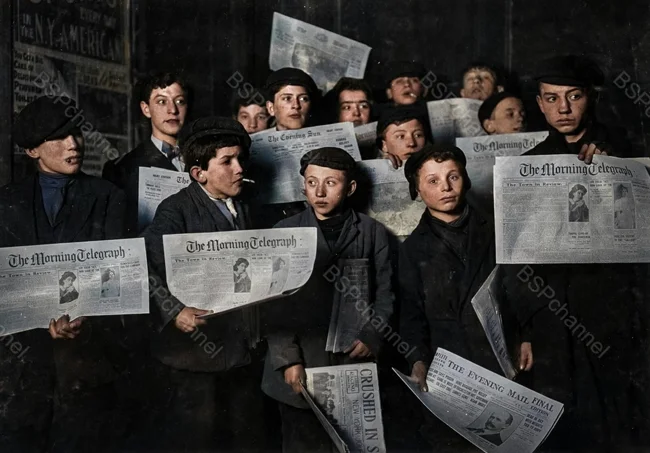
Photographer: Lewis Hine
Most of the peddlers were from poor immigrant families and sold newspapers in the afternoons and evenings after school. They bought the papers for 50 cents a hundred and sold them for 1 cent apiece, making a profit of half a cent on each.
Columbus, Georgia, 1913. 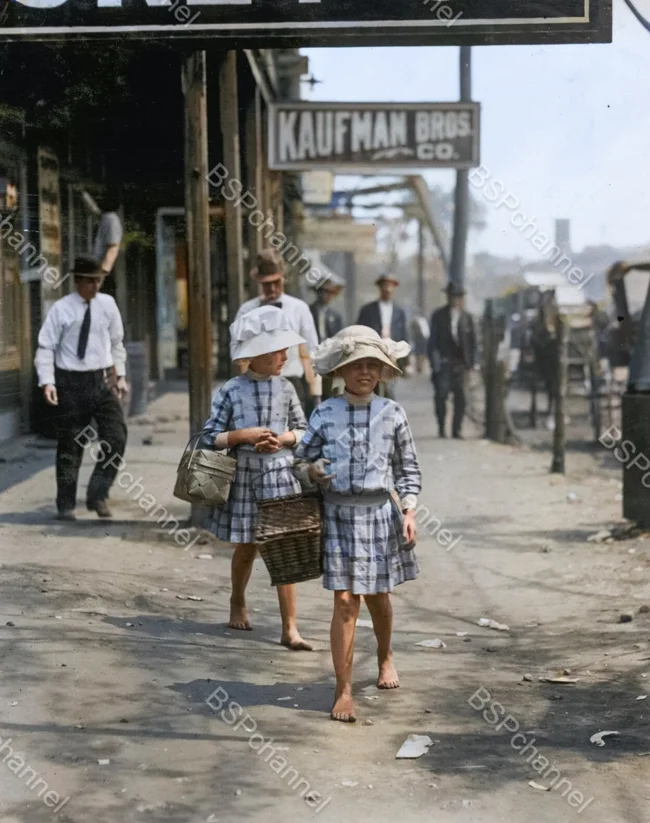
Photographer: Lewis W. Hine
These two girls are Dinner-Toters, or workers' food carriers. Their job was to bring lunches to their fathers and other workers directly to their workplaces, be it factories, construction sites, or railroad tracks. The photo was taken as part of a campaign to combat child exploitation in the United States in the early 20th century. At that time, millions of children worked in difficult conditions, and it was only through the efforts of reformers, journalists, and social activists that society was able to draw attention to the problem.
Oil field. Signal Hill, Long Beach, California, USA, 1944. 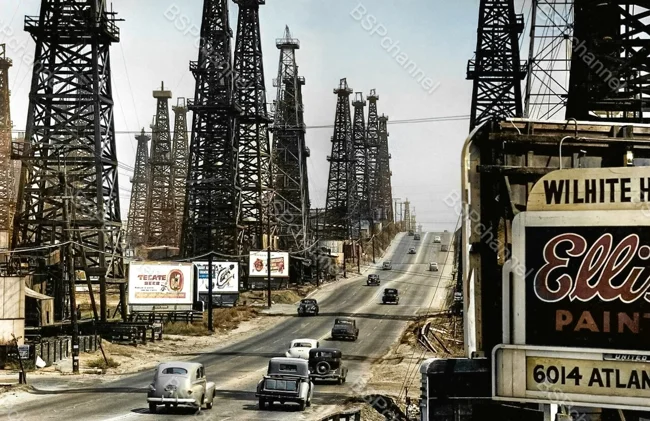
Photographer: Andreas Feininger
In the summer of 1921, the discovery of the Signal Hill oil field helped make California the source of a quarter of the world's oil production. Soon dubbed "Porcupine Hill," the Long Beach oil field was producing about 260,000 barrels of oil per day by 1923.
Children in abandoned cars in the slums of Chicago, Illinois, USA, 1954. 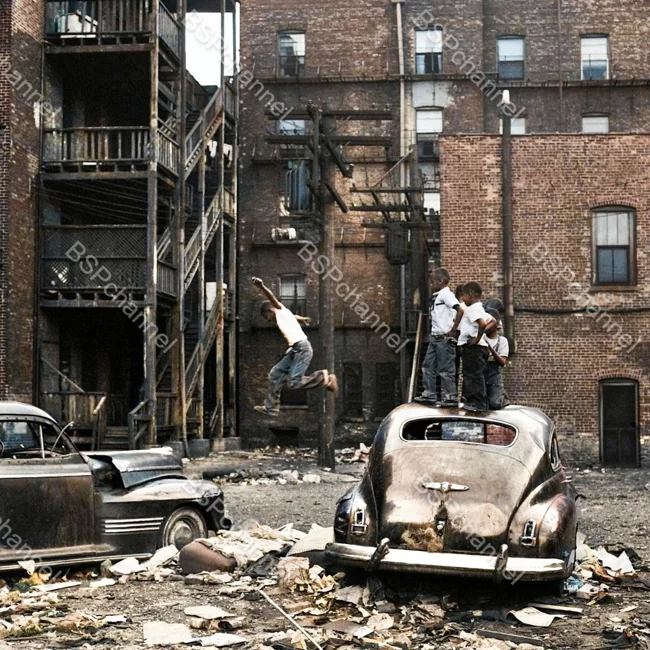
Photographer: Fritz Goro
Men, women, and children pick their way through huge ice floes on the frozen Ohio River, Cincinnati, Ohio, winter of 1917-1918. 
Fort Peck Dam, Montana, 1936. 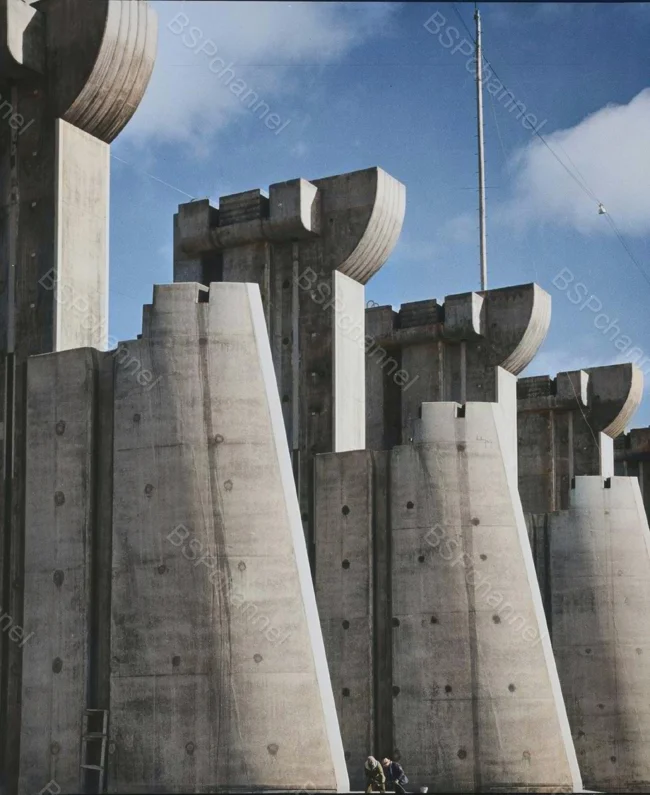
Photographer: Margaret Bourke-White
The Fort Peck Dam is the largest dam on the Missouri River, located in the small town of Fort Peck, Montana, USA. It forms a reservoir named after itself and plays an important role in regulating the river's flow. Construction lasted from 1933 to 1940 - it was a grandiose project of the Roosevelt New Deal era. Electric power generating equipment began operating later - in July 1943, at the height of World War II, when cheap electricity for industry was extremely important to the country.
Women with a pipe. USA, 1928. 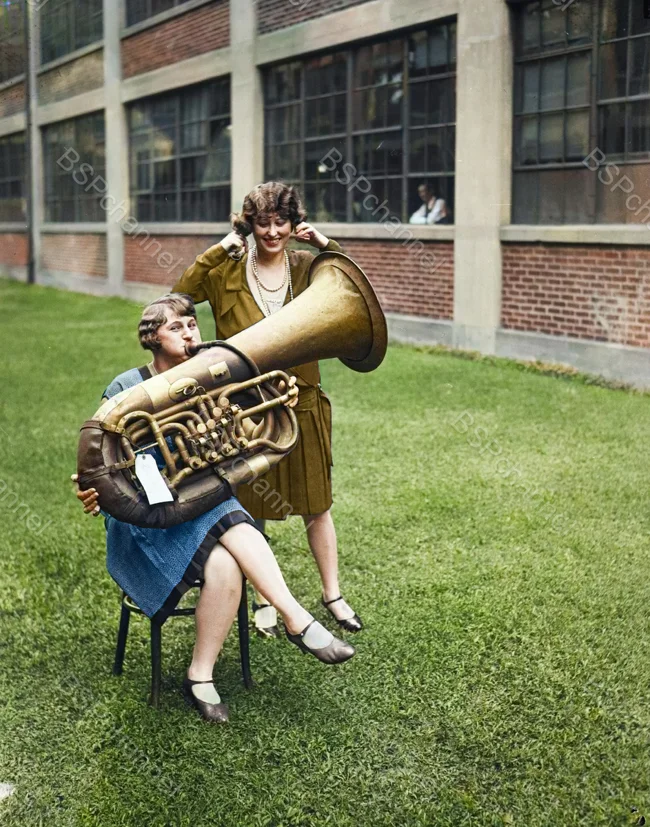
White Sands, New Mexico, 1952. 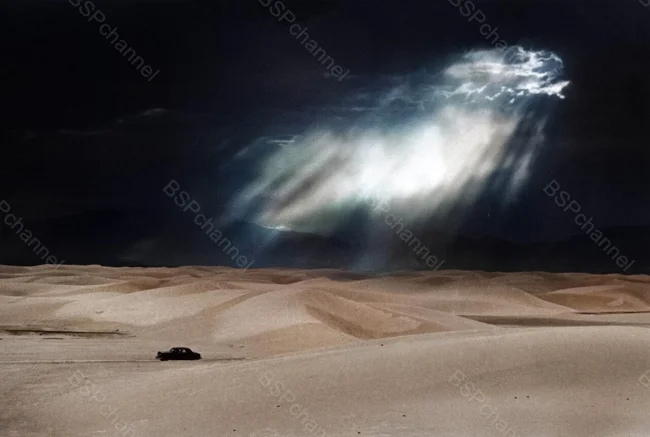
Photographer: Ernst Haas
The Pink Panther, New York, 1988. 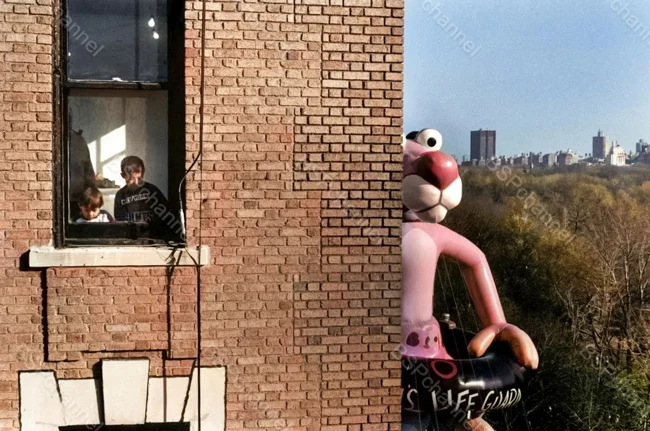
Photographer: Elliott Erwitt
The Pink Panther is a fictional animated character who first appeared in the credits of the 1963 film The Pink Panther. Her image opened and closed almost all of the films in this series, where she had no words, but spoke through sign language, music, and humor. The success of the image was so great that in 1964, the first short cartoon entirely dedicated to her was released. It debuted her eternal antagonist - "The Man", a mustachioed man of short stature with a large nose. In total, at least 124 short episodes were created featuring the Pink Panther, and only two of them used voice acting. Later, full-fledged animated series began to be produced, and since 1971, comics about her adventures have been released.
The Barnett Family Farm, Oklahoma, USA, 1942. 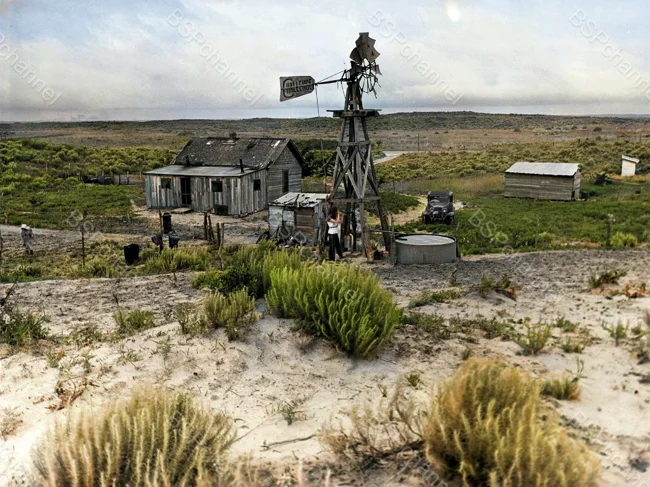
Photographer: Alfred Eisenstaedt
This house was inhabited by a family that survived a series of devastating dust storms that hit the United States in the mid-1930s. Entire regions, especially in Oklahoma, Texas, Colorado, and Kansas, were turned into scorched earth, covered in sand and dust. This era was called the Dust Bowl. Despite the environmental disaster and the threat of desertification, some families decided to stay on their lands, no matter what. They continued to live amidst the weather, lack of water, and lost crops, hoping to restore the soil and return the steppes to their former fertility.
Models wear bathing caps with faces painted on them. USA, 1959. 
Photographer: Ralph Crane
Airport lighthouse beam. Glendale, California, USA, 1940. 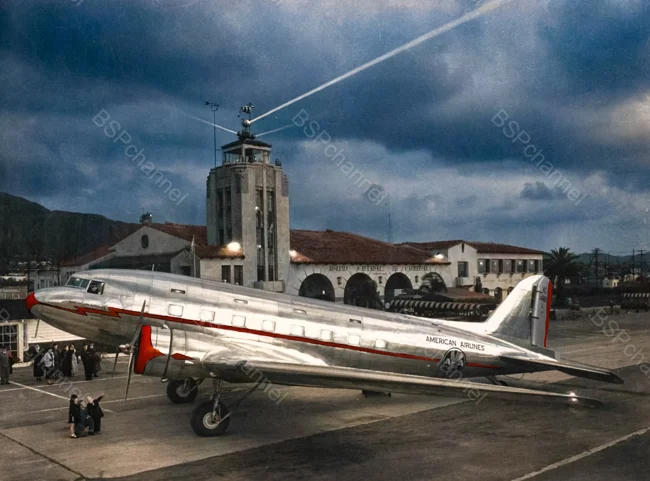
The American Douglas DC-3 aircraft became a legend of aviation and one of the most popular passenger and transport airliners of its time. Its high reliability, ability to take off from short strips and endurance in difficult conditions made it a cult aircraft. In the USSR, the DC-3 was built under license, starting in the 1930s. The first copies were assembled at a plant in Khimki, and later in Tashkent. Soviet versions of the aircraft were named: PS-84 - passenger version (original designation) Li-2 - Soviet modification, adapted to local conditions. Later, this name was assigned to the entire series. Due to its versatility, the Li-2 was used both for transporting people and for military purposes. In total, several thousand of these aircraft were produced in the USSR.
A little barefoot girl in a dirty plaid dress stands on a walkway between two tenement buildings. Pittsburgh, Pennsylvania, 1909. 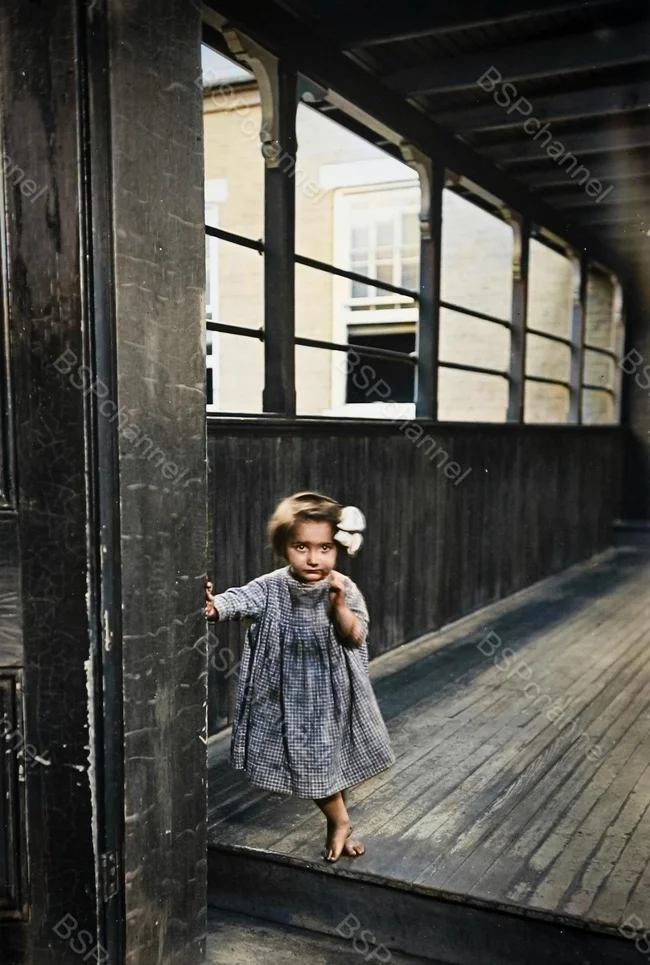
Photographer: Lewis Hajna
Round Dance. Harlem, New York, 1946. 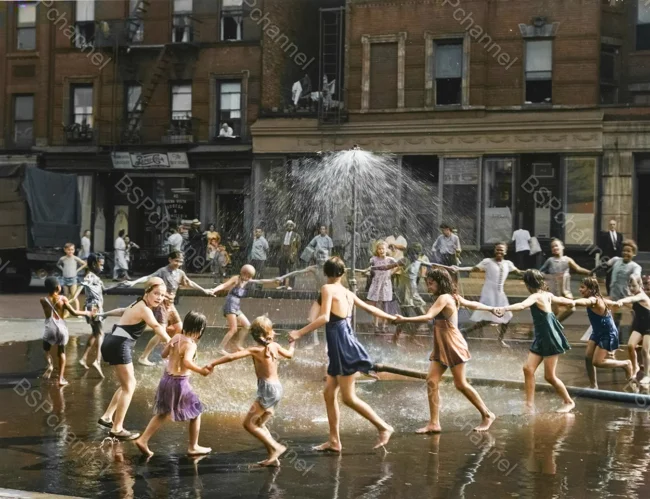
Photographer: Todd Webb
Loading logs under the big wheels. The machine raises the end of the logs to make it easier for the horses to pull them to the dump site. Coconino National Forest, USA, 1910. 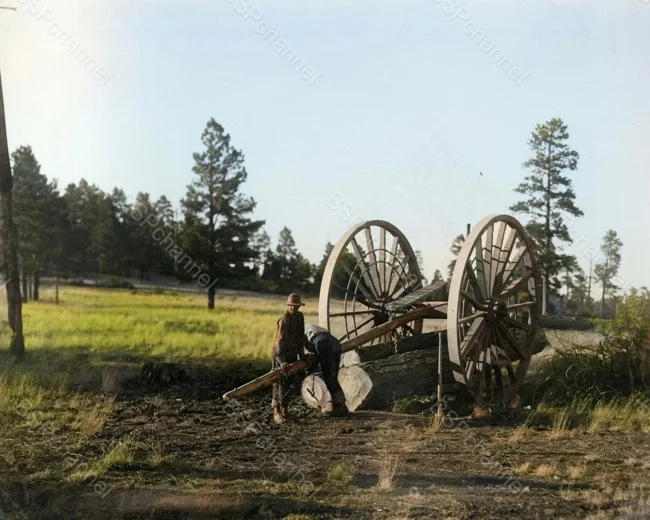
Between Heaven and Earth, New York, 1950. 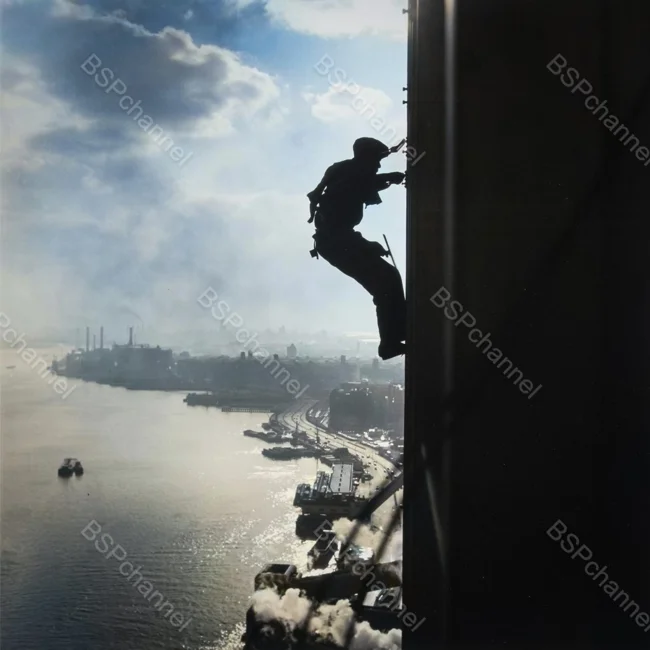
Photographer: Bedrich Grunzweig
Body measurement for determining the ideal figure. Miss California beauty contest – 1937. USA, 1937. 